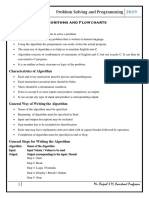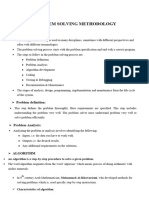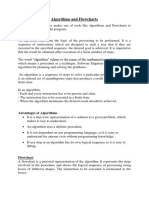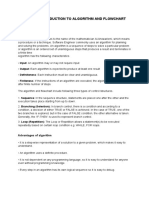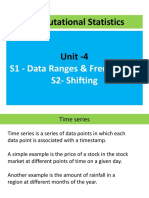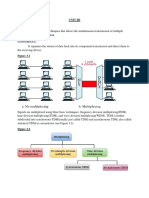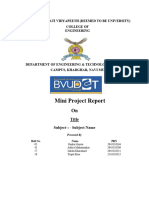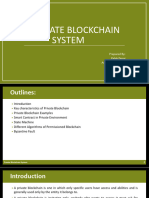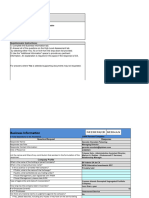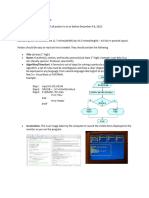0% found this document useful (0 votes)
46 views13 pages2.algorithm & Flowchart
The document outlines the Program Development Life Cycle (PDLC), which consists of six phases: analyzing, designing, coding, debugging, testing, and documentation. It also explains algorithms, their characteristics, advantages, and disadvantages, along with examples of writing algorithms and flowcharts. Additionally, it discusses different types of programming errors, including syntax, run-time, and semantic errors.
Uploaded by
balajithin2008Copyright
© © All Rights Reserved
We take content rights seriously. If you suspect this is your content, claim it here.
Available Formats
Download as PDF, TXT or read online on Scribd
0% found this document useful (0 votes)
46 views13 pages2.algorithm & Flowchart
The document outlines the Program Development Life Cycle (PDLC), which consists of six phases: analyzing, designing, coding, debugging, testing, and documentation. It also explains algorithms, their characteristics, advantages, and disadvantages, along with examples of writing algorithms and flowcharts. Additionally, it discusses different types of programming errors, including syntax, run-time, and semantic errors.
Uploaded by
balajithin2008Copyright
© © All Rights Reserved
We take content rights seriously. If you suspect this is your content, claim it here.
Available Formats
Download as PDF, TXT or read online on Scribd
/ 13



